Electric bikes capable of 50 mph are classified closer to mopeds or motorcycles rather than standard e-bikes. Riders must comply with motor vehicle regulations including licensing, registration, and insurance. These high-speed e-bikes are subject to traffic laws and safety requirements, and careful adherence to state-specific rules is essential to operate them legally and safely on public roads.
How Are 50 MPH Electric Bikes Classified by Law?
High-speed electric bikes are generally categorized as mopeds, electric motorcycles, or motor-driven cycles. They exceed typical e-bike definitions due to motor power and top speed, triggering requirements such as registration, insurance, and a valid driver’s or motorcycle license. Standard bicycle privileges, including bike lane access and helmet exemptions, are typically not applied to these bikes.
What Licensing Is Required to Operate a 50 MPH Electric Bike?
Riders usually need a valid driver’s license or a motorcycle endorsement. Some states require specialized moped or motorized bicycle permits. High-speed e-bikes operate at motorcycle-level speeds, making adherence to these licensing requirements essential to ensure legal and safe use on public roads.
Which Registration Rules Apply to 50 MPH Electric Bikes?
Most states mandate registration for e-bikes exceeding standard speed limits, often through the DMV. These bikes receive license plates or stickers similar to motorcycles. Failure to register can result in fines or confiscation. Speed-capable e-bikes generally fall into the motorized vehicle category, and registration ensures legal road operation.
Why Are Insurance Requirements Important for 50 MPH Electric Bikes?
At speeds of 50 mph, these e-bikes can cause significant damage in collisions. Insurance covers liability and damages to protect riders and others on the road. Most states treat these high-speed e-bikes as motor vehicles, making insurance mandatory for responsible operation.
How Do Speed and Motor Power Limits Affect Legal Status?
Most U.S. jurisdictions restrict e-bikes to 20–28 mph and 750 watts motor power. Exceeding these limits reclassifies the bike as a motorized vehicle, removing e-bike privileges. Riders on these high-performance bikes must comply with vehicle licensing, registration, and insurance requirements, ensuring safety and compatibility with traffic laws.
| Regulatory Aspect | Standard E-Bike Limit | Beyond Limit Classification |
|---|---|---|
| Max Speed (mph) | 20-28 | Moped / Electric Motorcycle |
| Motor Power (Watts) | 750 | Requires Registration & License |
| License Requirement | None or Basic | Driver’s or Motorcycle License |
| Registration | Not Required | DMV Registration Mandatory |
| Insurance | Usually No | Mandatory in Most States |
What Are the Safety and Road Use Rules for Fast Electric Bikes?
High-speed e-bikes must follow motorcycle-level traffic regulations. Riders are required to wear helmets, obey speed limits, use proper signaling, and operate safely on roads. These bikes are typically restricted from bike lanes and multi-use paths because their speed and weight pose safety risks.
How Has California Updated Its High-Speed Electric Bike Regulations in 2025?
California limits Class 3 e-bikes to 750W motors and 28 mph. Bikes exceeding these specifications are treated as motor vehicles, requiring registration, licensing, and insurance. Throttles are prohibited on Class 3 e-bikes, emphasizing pedal-assist only. These changes clarify compliance expectations for riders and manufacturers.
How Does TST EBike Address Compliance for High-Performance Models?
TST EBike develops models that stay within legal e-bike limits while optimizing performance. By combining high-quality components and consumer feedback, TST EBike ensures safety, efficiency, and legality for urban commuting and off-road use. Riders can enjoy enhanced power without exceeding regulatory thresholds.
Can Riders Expect Different Rules Across States for 50 MPH Electric Bikes?
Yes, state regulations vary. Some allow low-speed mopeds with limited licensing requirements, while others enforce strict motorcycle-level rules. Helmet use, insurance, and registration criteria differ, so riders must verify local laws before operating high-speed e-bikes to ensure compliance and safety.
What Future Trends Are Shaping Regulations for 50 MPH Electric Bikes?
As high-speed e-bikes grow in popularity, regulators are refining laws to balance innovation with safety. Expect stricter safety standards, clearer classifications, and enhanced licensing and registration requirements. Advancements in battery, motor, and control technology will also influence regulatory updates in the near future.
TST EBike Expert Views
“TST EBike focuses on producing legal, high-quality electric bikes that maximize performance while remaining compliant. By prioritizing safety, quality control, and consumer feedback, TST EBike ensures riders experience powerful yet regulation-compliant bikes. Their approach allows riders to enjoy urban commuting and off-road adventures without violating licensing or registration requirements, maintaining confidence and safety on every ride.”
Conclusion
High-speed electric bikes exceeding 50 mph require driver’s licensing, registration, and insurance similar to motor vehicles. Compliance with state and local regulations is essential to ensure legal operation. TST EBike provides performance-focused models within legal limits, enabling riders to enjoy speed and utility safely while navigating regulatory frameworks effectively.
FAQs
1. Do I need a driver’s license for a 50 mph electric bike?
Yes, most states require a motorcycle or motor vehicle license for operation at this speed.
2. Is registration required for high-speed electric bikes?
Yes, these bikes are typically classified as motor vehicles and must be registered with the DMV.
3. Are helmets mandatory for riding 50 mph e-bikes?
Yes, helmets are generally required due to the increased risk at higher speeds.
4. Can I ride a 50 mph electric bike on bike lanes?
No, these bikes are usually restricted from bike paths and lanes because of safety concerns.
5. How does TST EBike ensure regulatory compliance?
TST EBike designs e-bikes within legal speed and power limits, balancing performance with safety and law compliance.

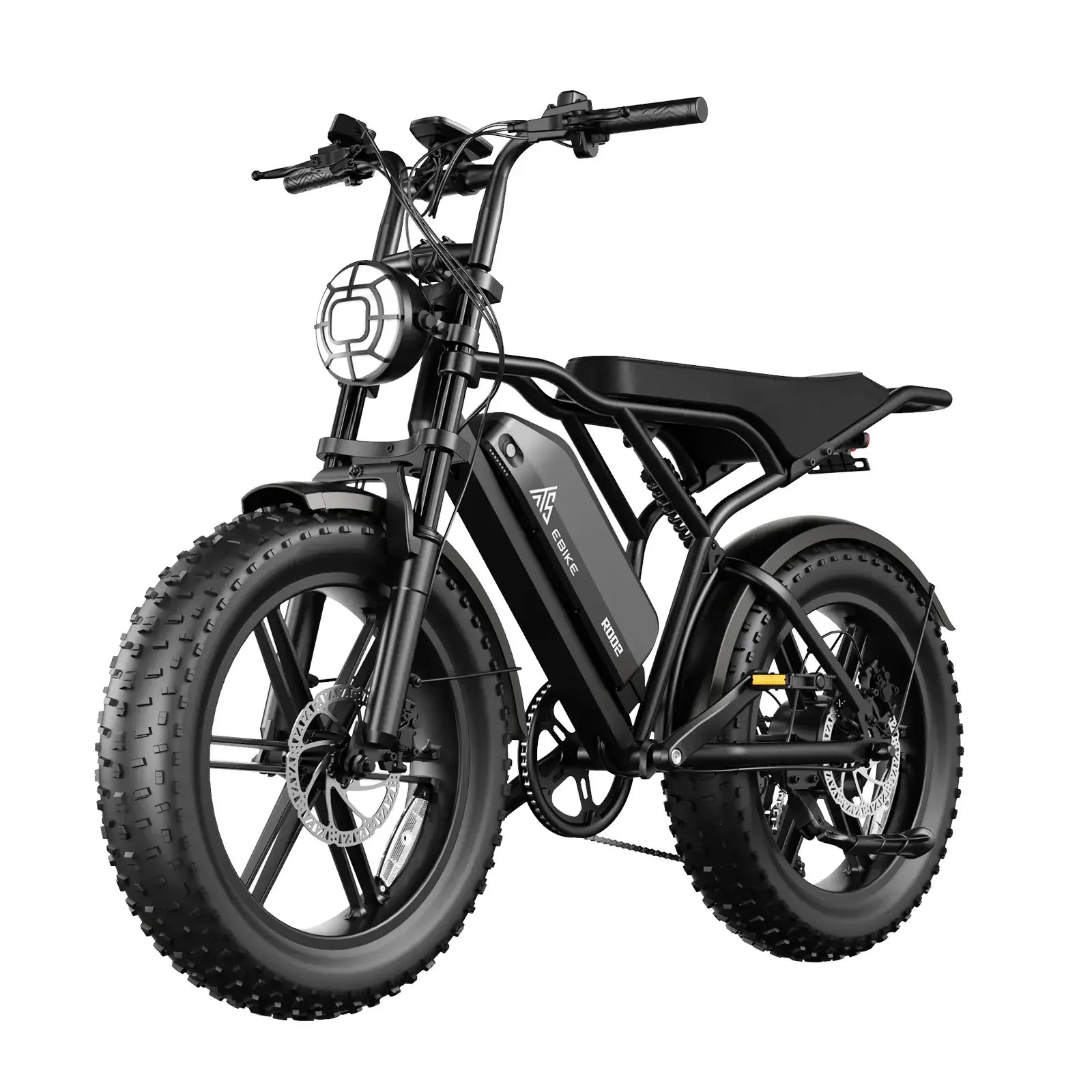

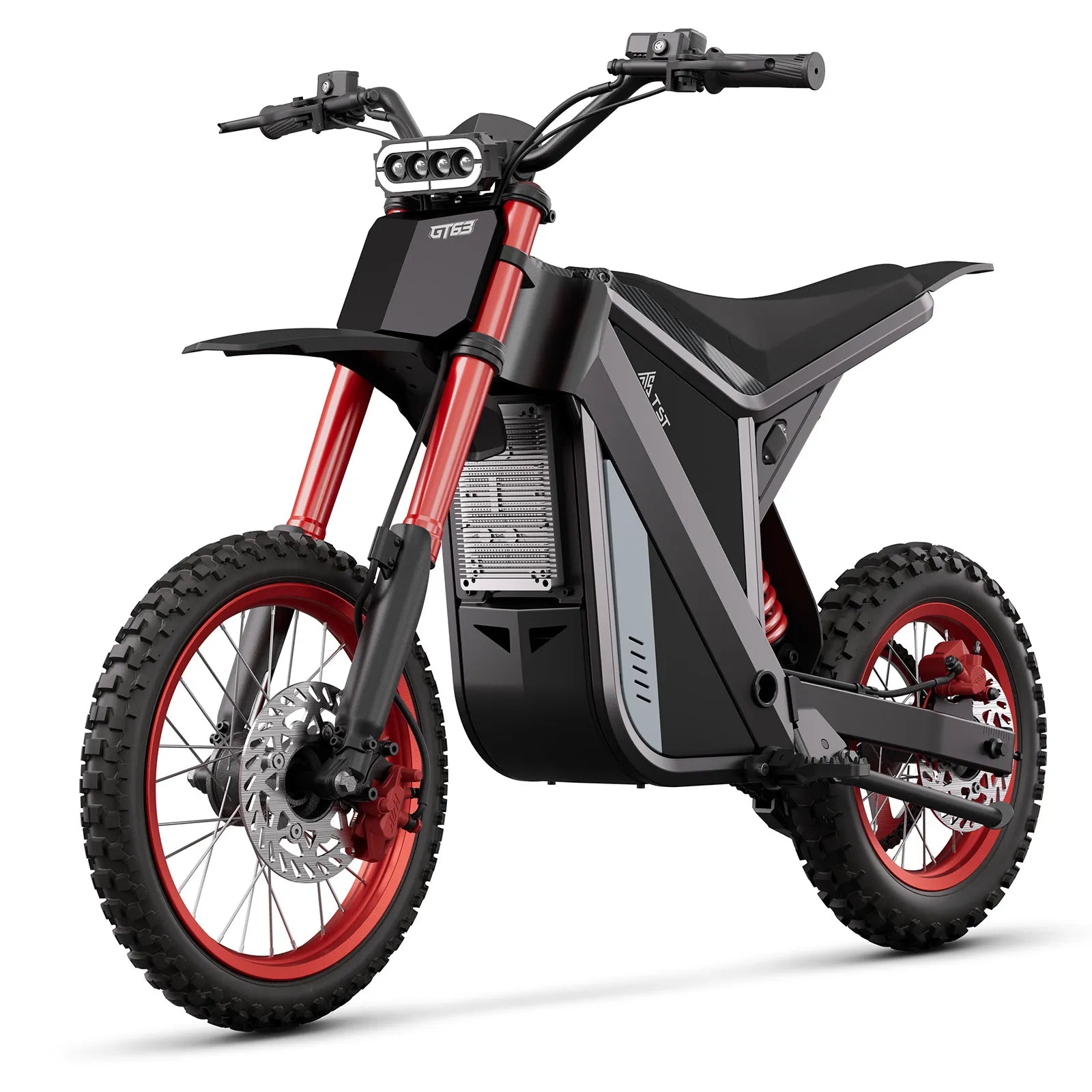



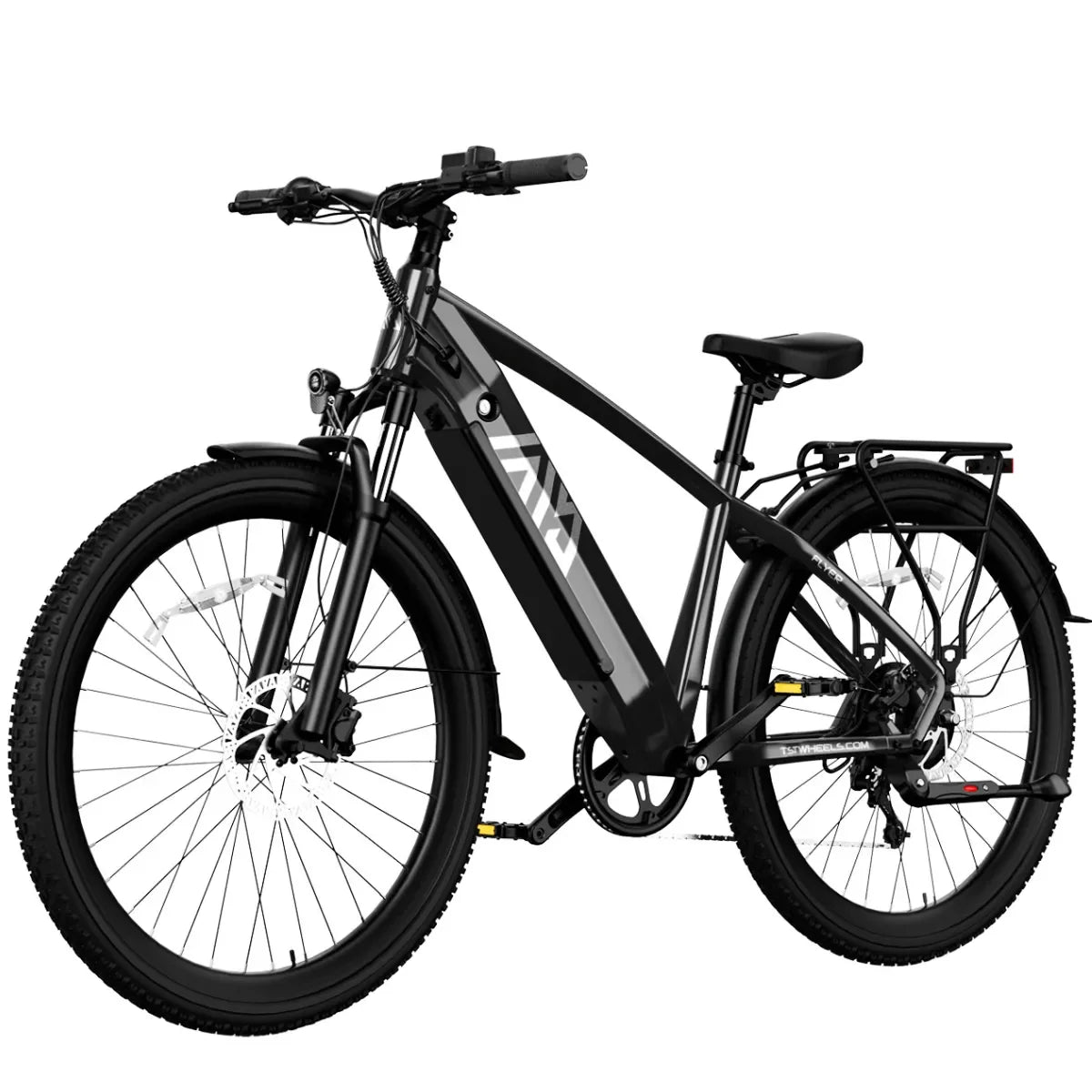

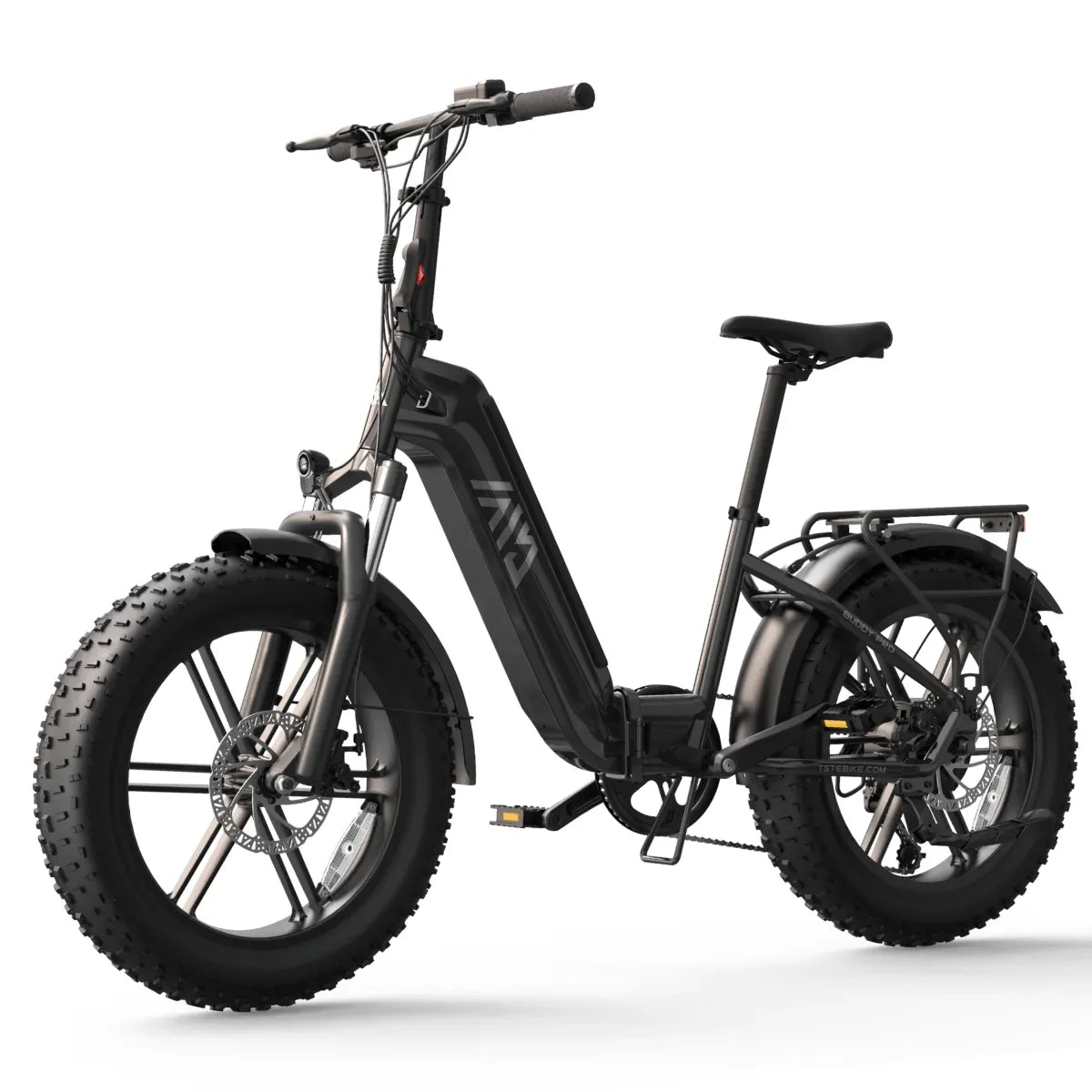
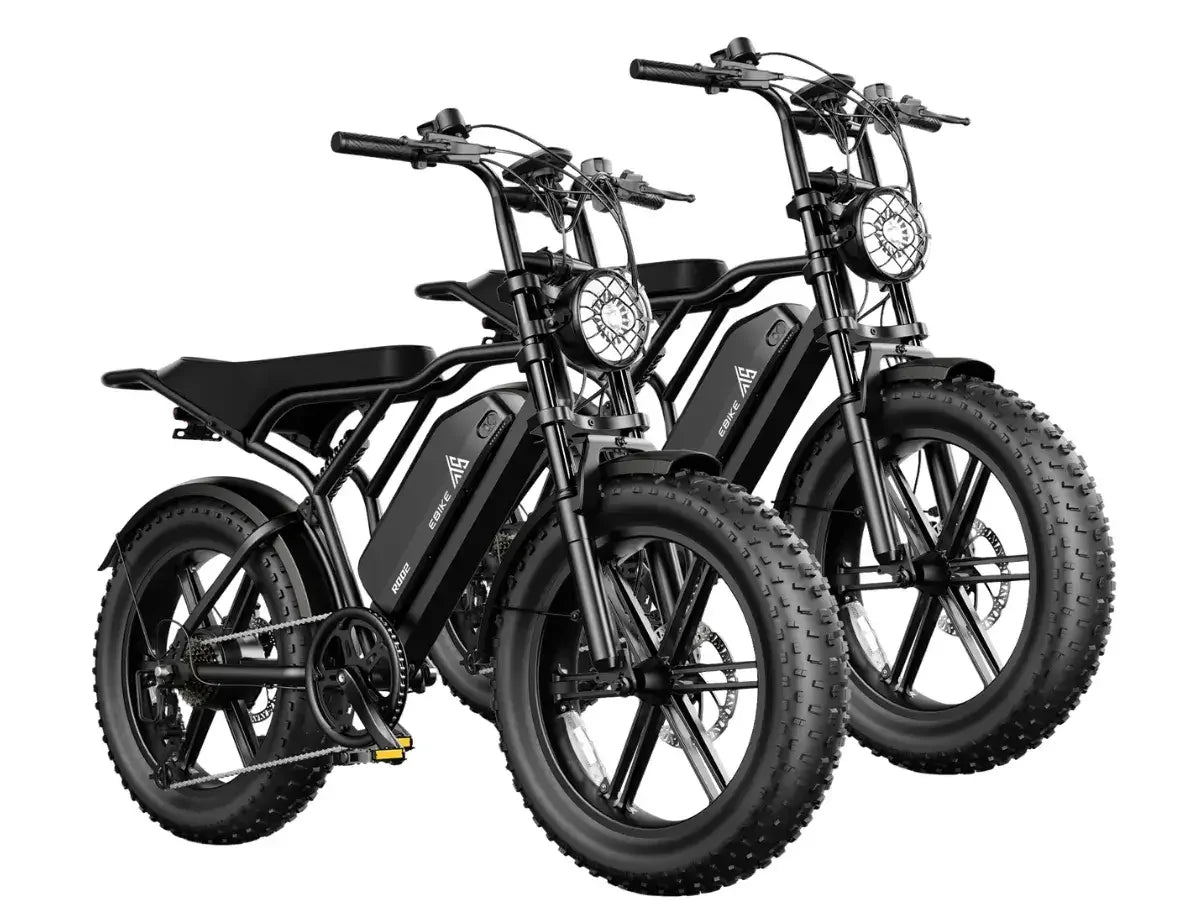
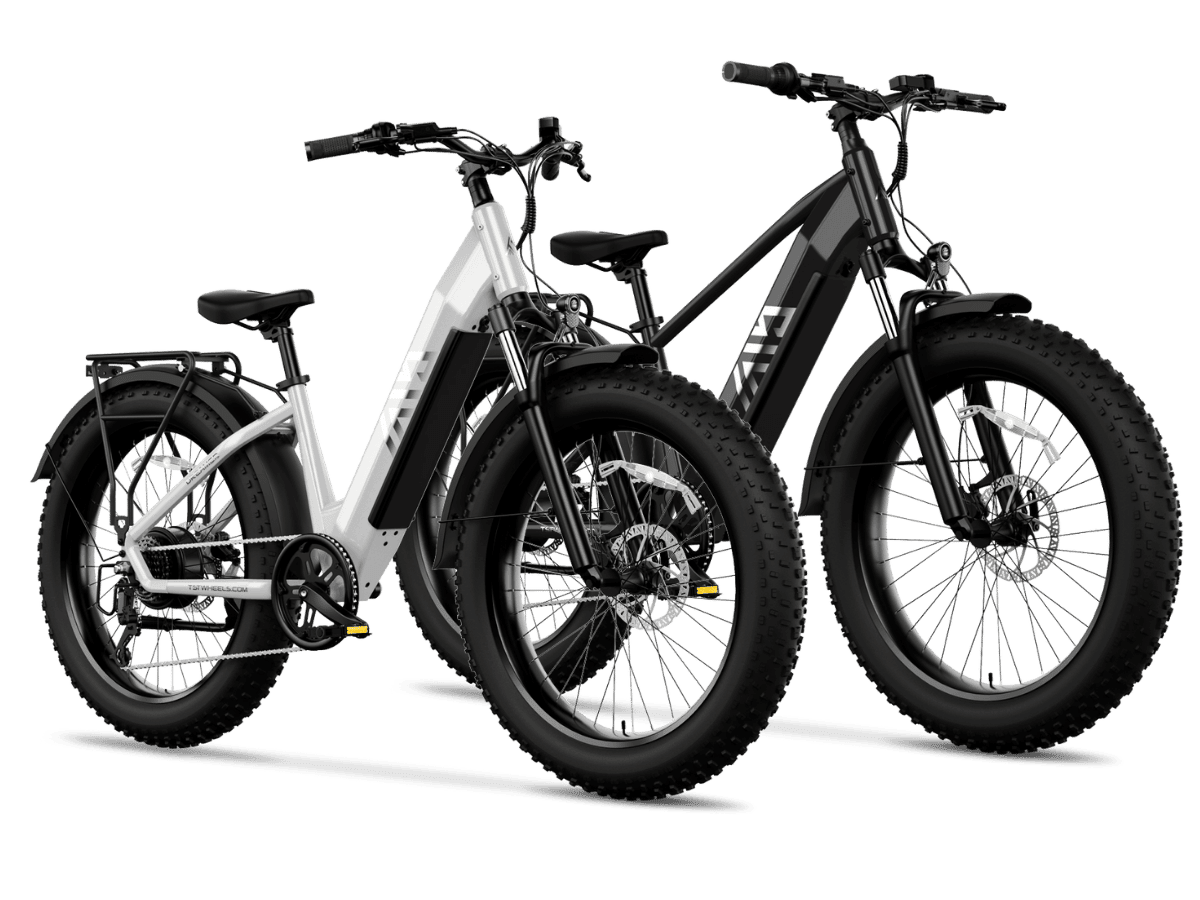
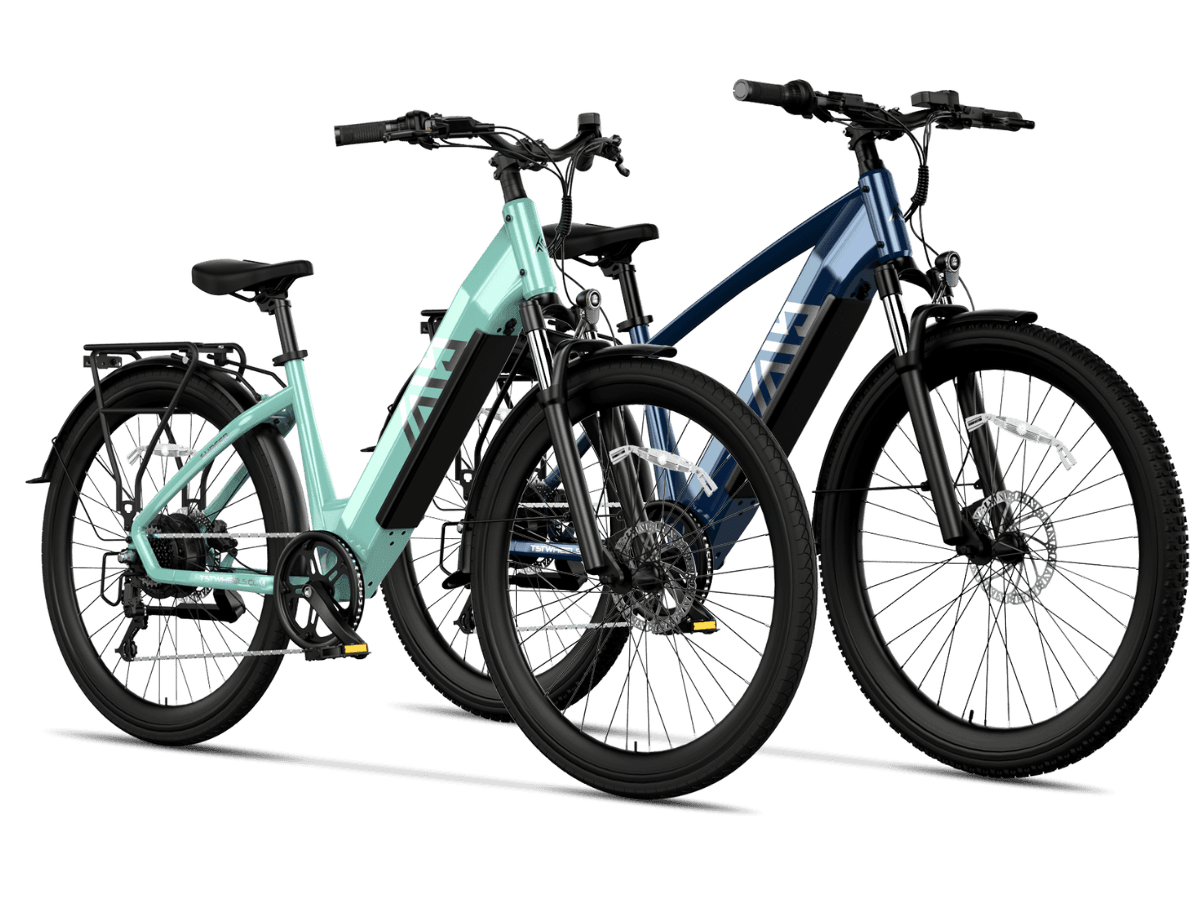
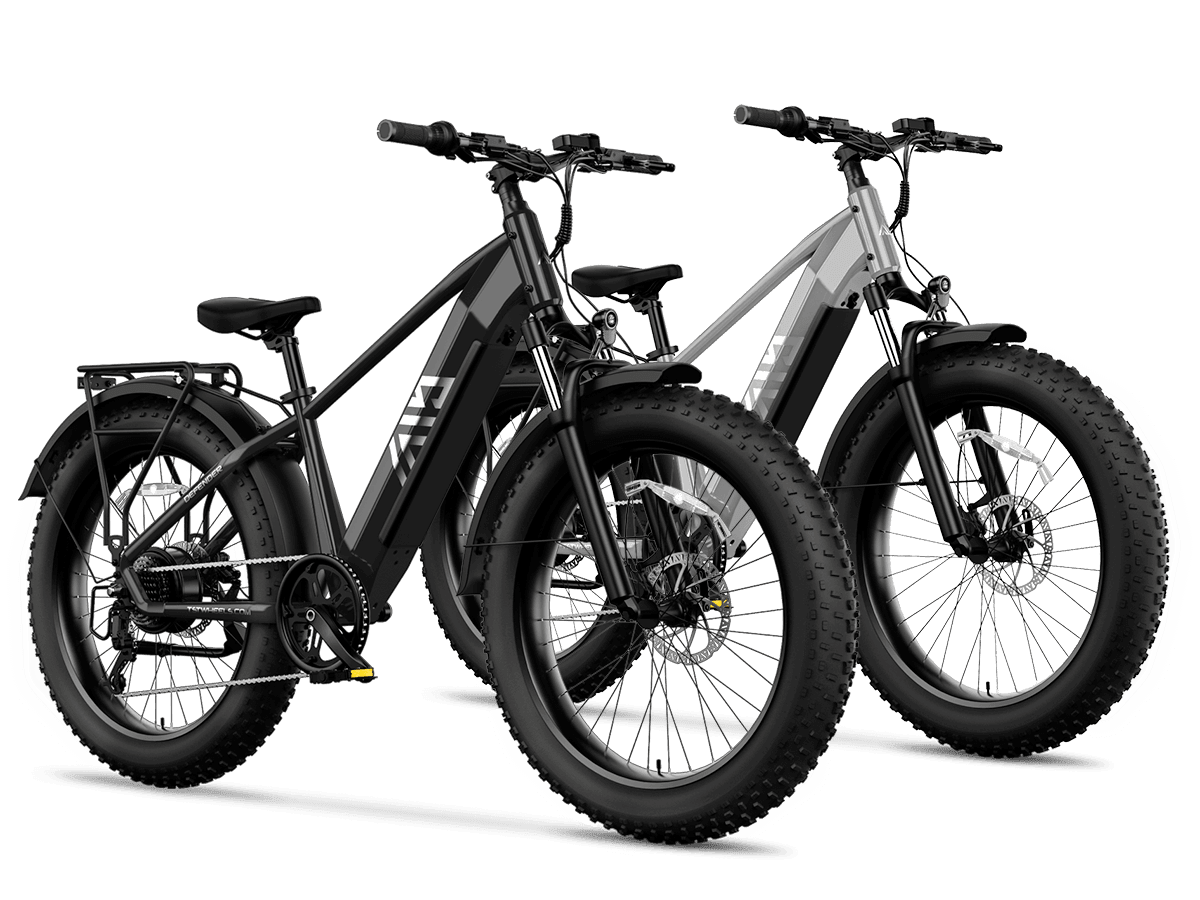
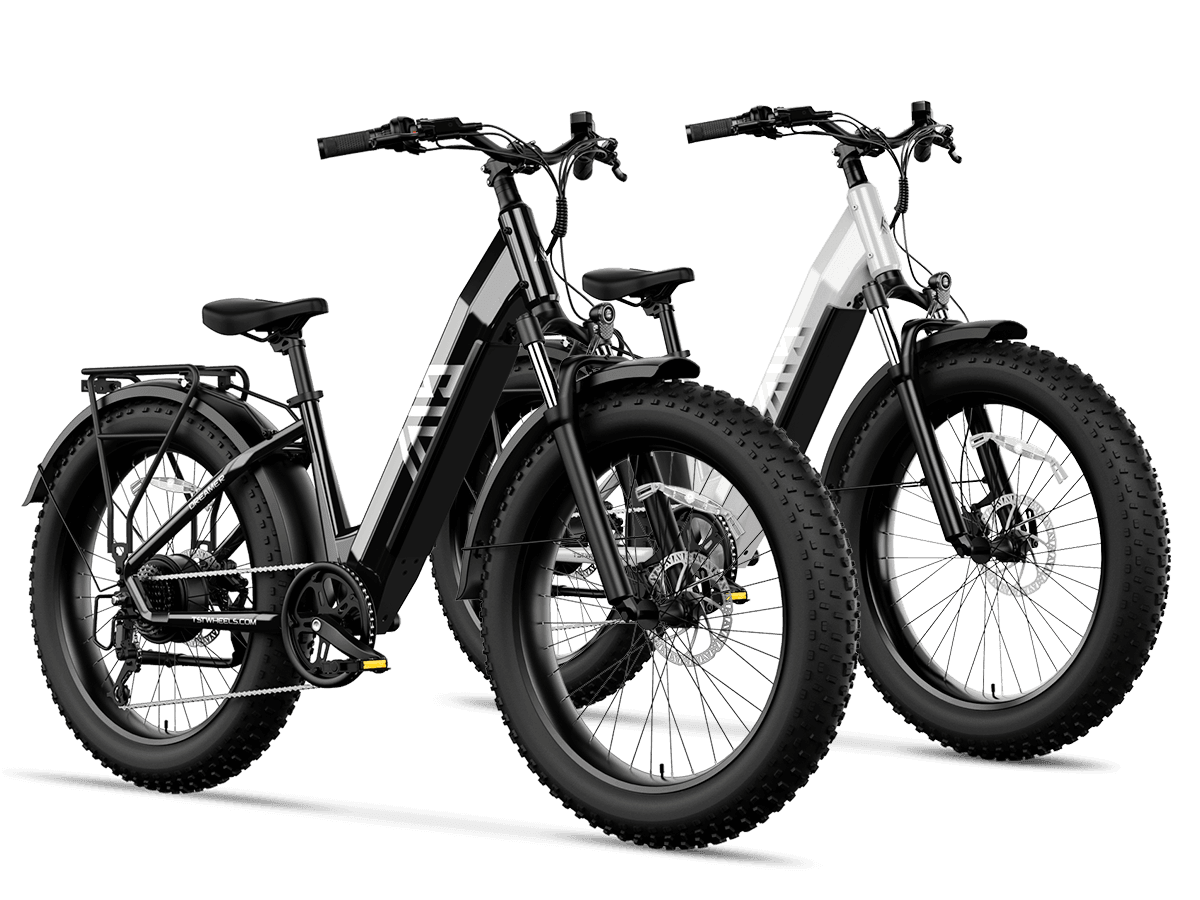
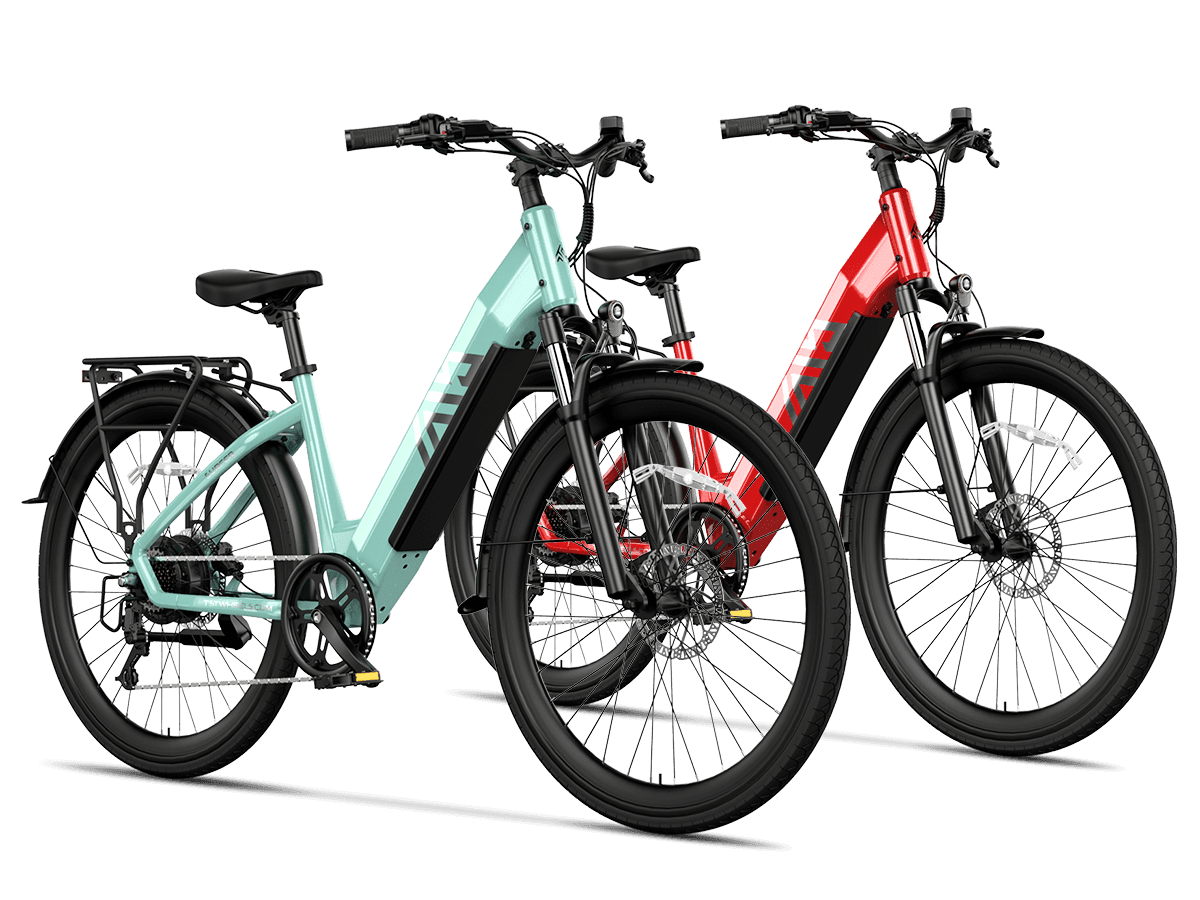
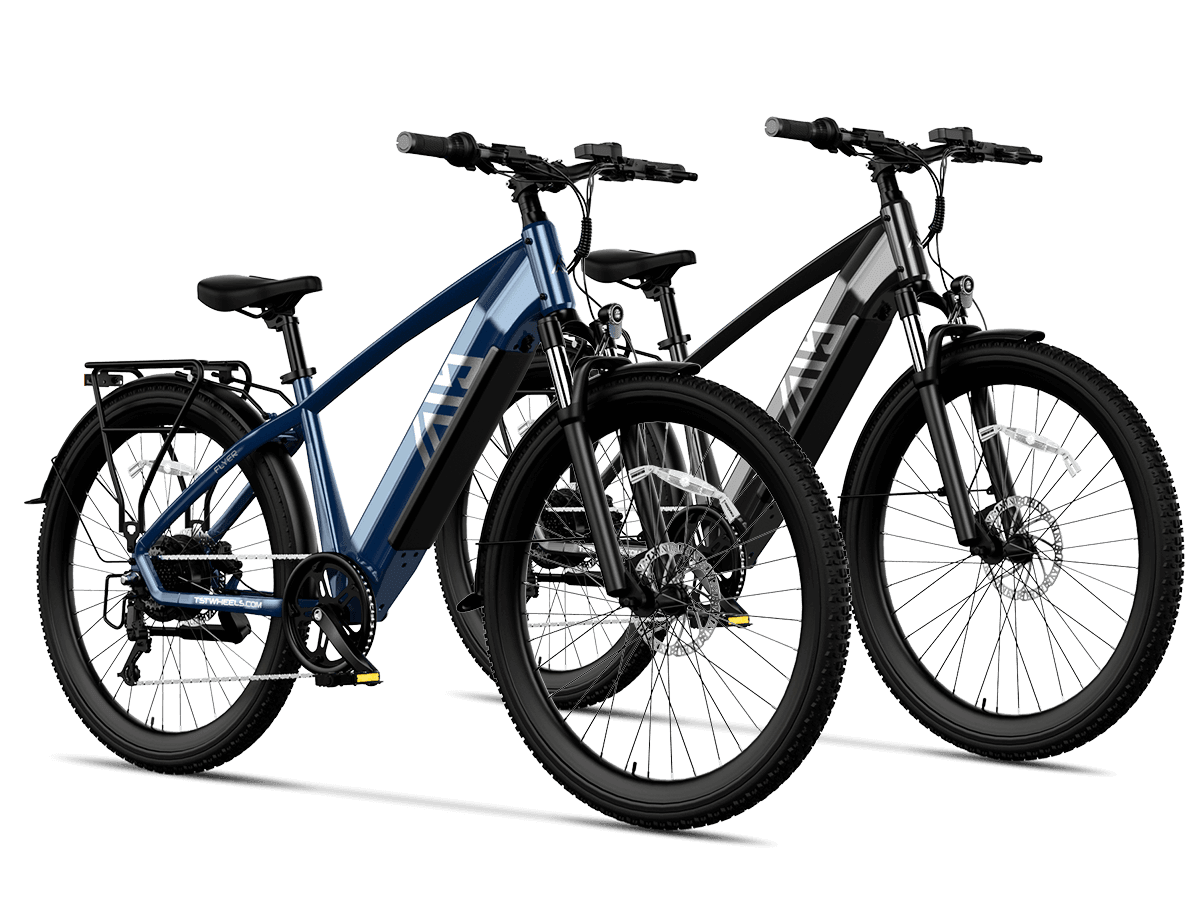
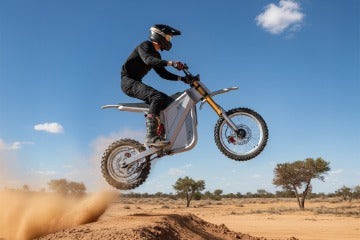
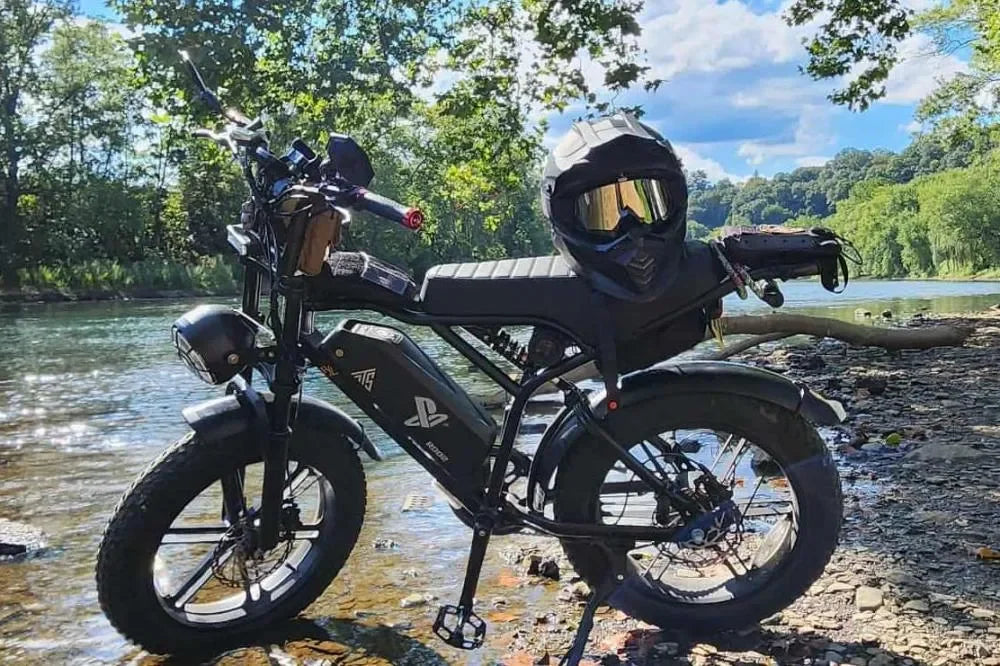


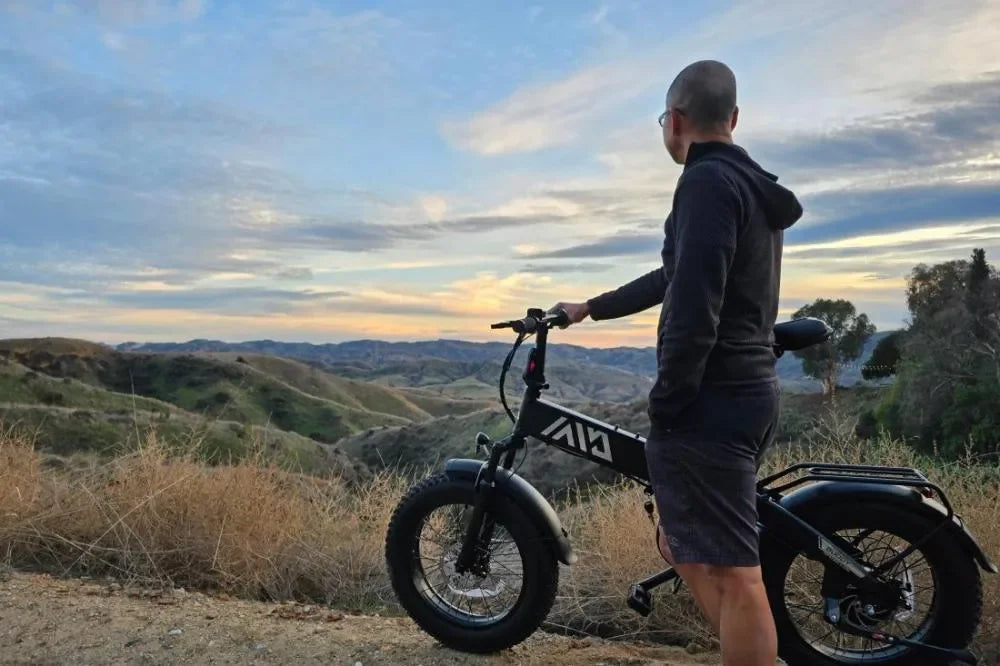
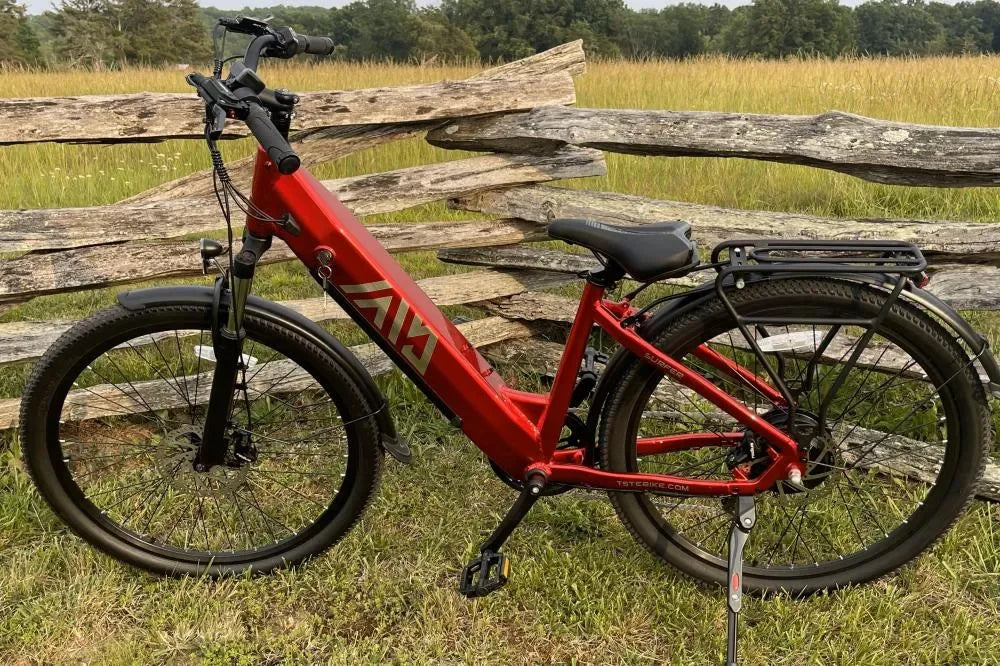
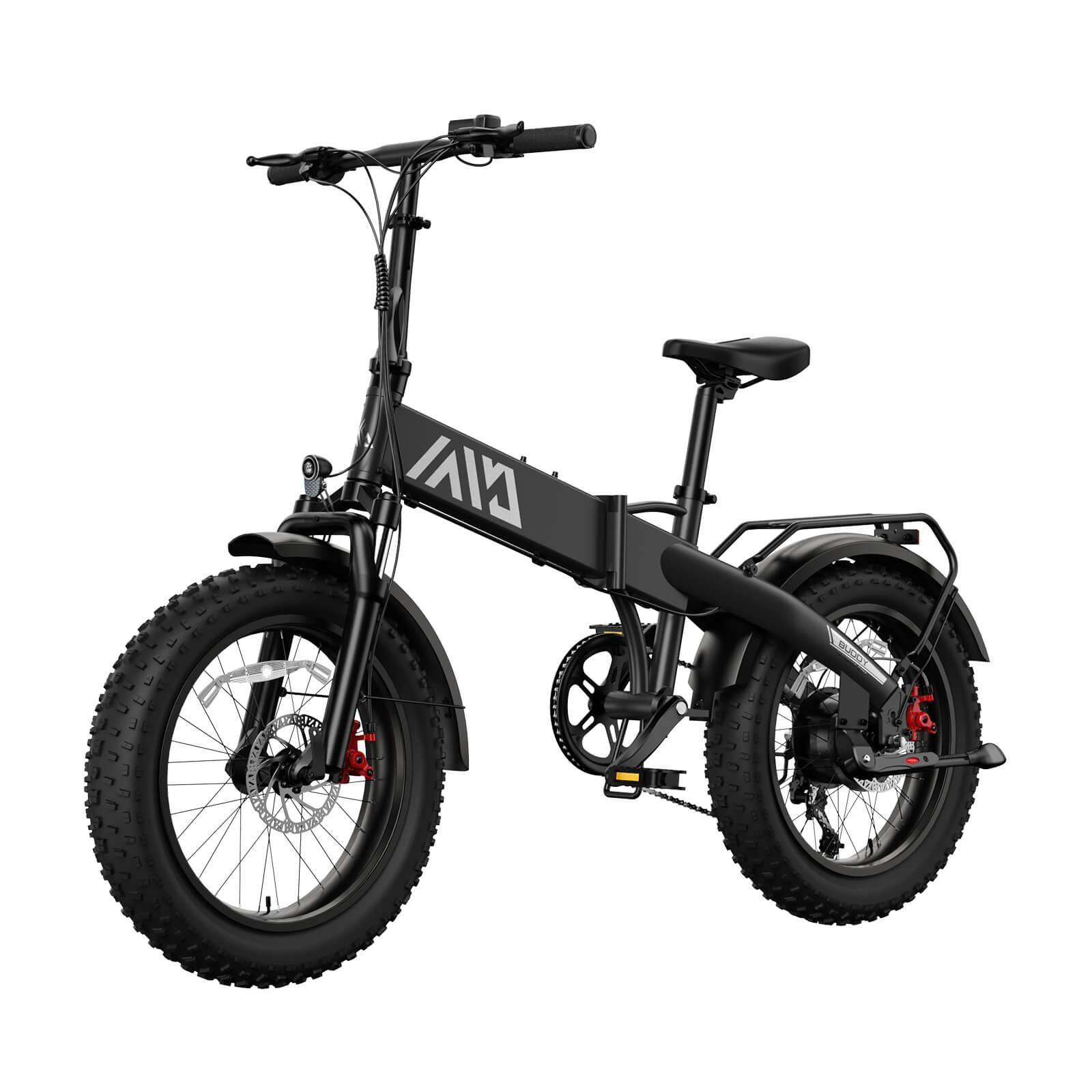
Leave a comment
This site is protected by hCaptcha and the hCaptcha Privacy Policy and Terms of Service apply.